White Pheasant - A pheasant with a beautiful appearance
The Lophura nycthemera, scientifically known as the White Pheasant, is a species of pheasant in the Pheasant family. The White Pheasant is found in tropical and subtropical forests and mountainous regions of Southeast Asia and the eastern and southern provinces of China.
The male white pheasant has white feathers and a long tail (Photo: Zoe Liu).
In Vietnam, white pheasants are distributed in mountainous areas from the North to the South, including some endemic subspecies distributed only in Vietnam, such as white pheasant Berliozi (scientific name Lophura nycthemera berliozi), Beli pheasant (scientific name Lophura nycthemera beli) and Central white pheasant (scientific name Lophura nycthemera annamensis).
As juveniles, both male and female White Pheasants have brown plumage, interspersed with black or gray feathers. Female White Pheasants will retain this color (or change it slightly) into adulthood, while males will begin to change their plumage to white as they reach adulthood.
Female white pheasants have a more monotonous coloration than males (Photo: Tony Saw).
Along with its pure white feathers, the male white pheasant also has a long tail (up to 80cm), creating a beautiful plumage and appearance, characteristic of this bird species.
Both male and female snow pheasants have red faces and legs, with males being larger than females. Snow pheasant males weigh between 1.1 and 2 kg, while females weigh between 1 and 1.3 kg.
Young white pheasants have no gender distinction in color (Photo: iNaturalist).
Food and reproductive characteristics of white pheasant
The white pheasant is an omnivorous species, with a varied diet including plants such as seeds, berries, roots, some grasses... and animals such as insects, small animals such as earthworms, snails, some small reptiles...
White pheasants live in pairs or small flocks of 3 to 10 individuals. They are diurnal feeders on the ground and roost in tall trees at night to avoid predators.
When flying, the male white pheasant is compared by many to the legendary phoenix (Photo: Obo Teng).
The breeding season of the white pheasant lasts from late spring to late summer. The female white pheasant will lay eggs around April to May, each clutch will contain 5 to 10 eggs. The female white pheasant will incubate the eggs for 25 to 30 days. The young can follow their mother to forage immediately after hatching.
Animals protected by Vietnamese law
According to information from the Vietnam Red Book, the white pheasant has a wide distribution range but its population is declining due to habitat loss due to forest encroachment and exploitation of forest products. The number of white pheasants in the wild is also decreasing due to over-hunting for food or as pets.
On September 22, 2021, the Government issued Decree 84/2021/ND-CP stipulating the list of endangered, precious and rare forest animals and species, in which the white pheasant is included in the Red Book, in the group of forest animals belonging to group IB.
In the list of endangered, precious and rare forest animals of Vietnam, group IB includes forest animal species with special economic , scientific, medical, ecological, landscape and environmental values, with very small numbers remaining in the wild or at risk of extinction in the wild. These species are given priority for protection and strict management.
Animals in Group IB are strictly protected, with complete prohibition on exploitation and use for commercial purposes, including hunting, killing, captivity, storage, transportation, or trade; except in cases where special permits are granted for conservation, scientific research, or non-commercial purposes.
Close-up of the beauty of white pheasants in the natural world (Video: Instagram).
According to Circular 27/2025 recently issued by the Ministry of Agriculture and Environment and officially effective from July 1, white pheasants are included in the group of endangered and rare forest animals, belonging to group IIB.
Group IIB includes endangered, precious, and rare forest animals but with a lower threat level than Group IB. These are species with scientific, environmental, ecological, or cultural value, but still exist in relatively stable numbers in nature or have the ability to recover if well managed.
Unlike animals in Group IB (which are completely prohibited from commercial exploitation), species in Group IIB are allowed to be exploited and used for commercial purposes but must comply with strict conditions, including obtaining a license from a competent state agency (such as the Forest Protection Department or the Ministry of Agriculture and Environment).
Hunting, keeping, transporting, or trading Group IIB animals without a license is illegal and may result in penalties.
Thus, white pheasant is an animal protected by law. Any act of hunting, raising, slaughtering, trading... this animal without a license from the authorities is a violation of the law and will be prosecuted.
T.Thuy - Dantri.com.vn
Source: https://dantri.com.vn/khoa-hoc/ga-loi-trang-loai-chim-dep-duoc-phap-luat-viet-nam-bao-ve-nghiem-ngat-20250813022018272.htm






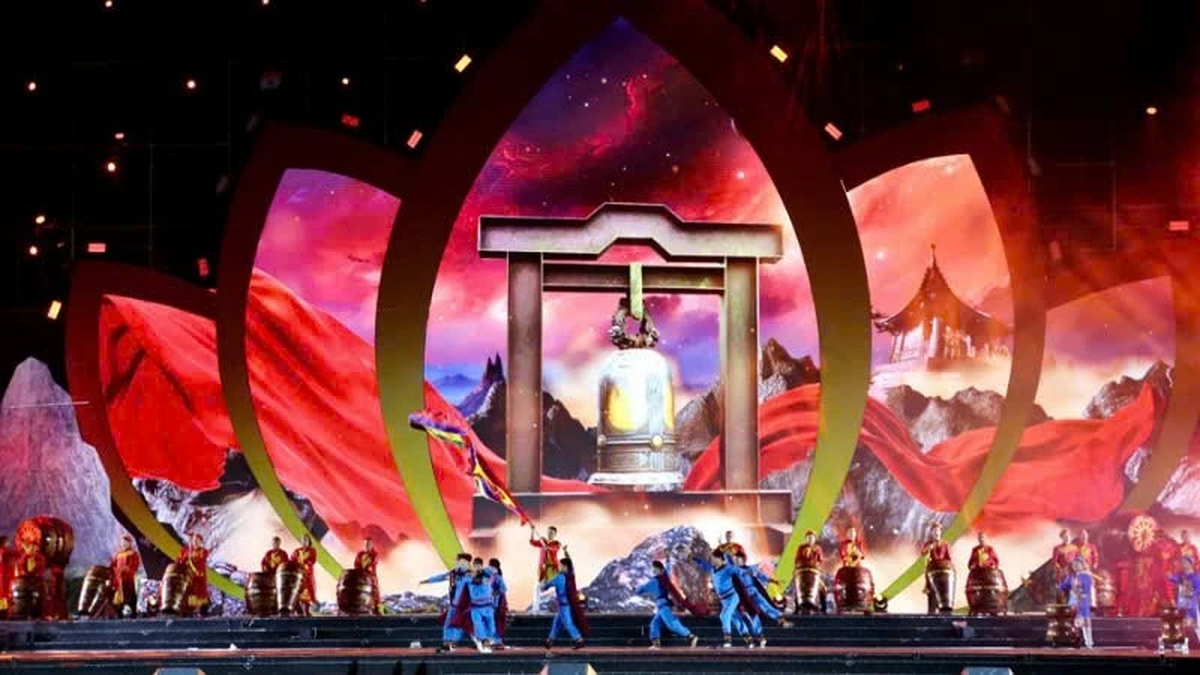
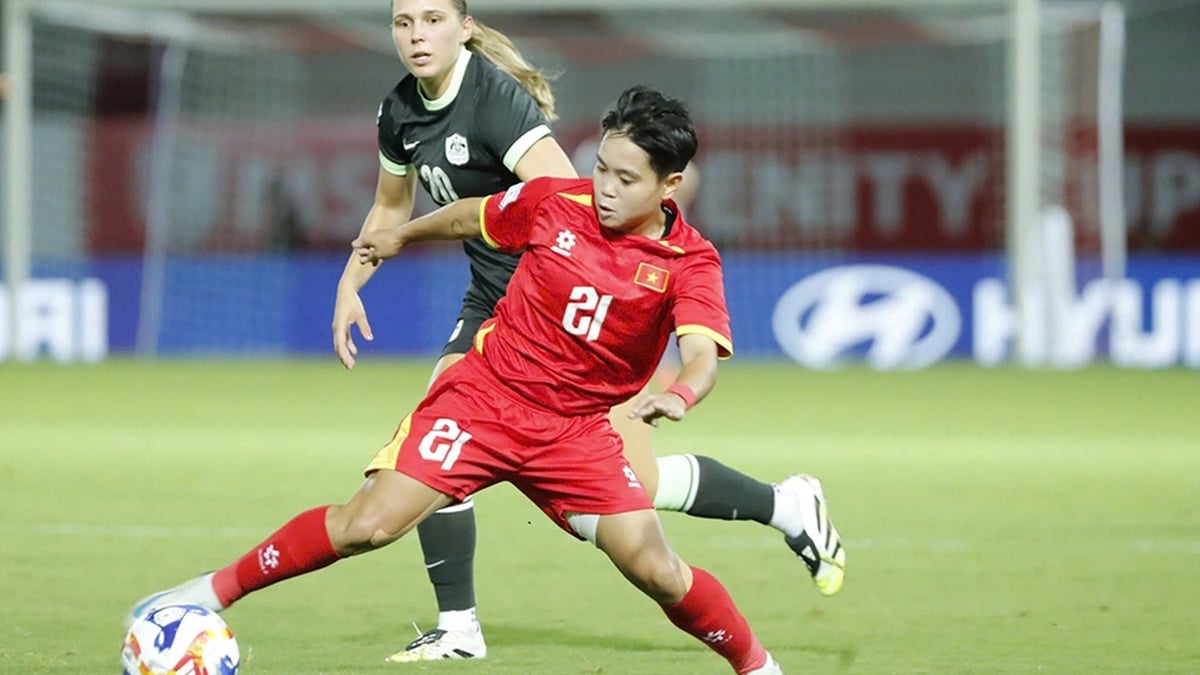

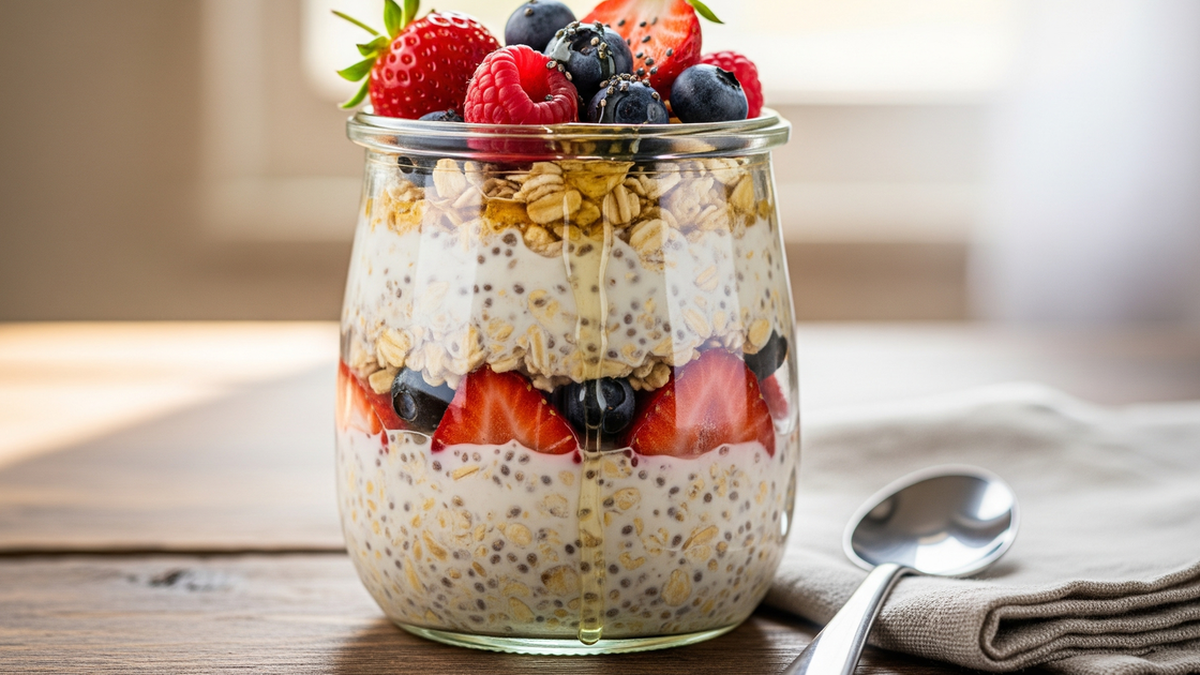
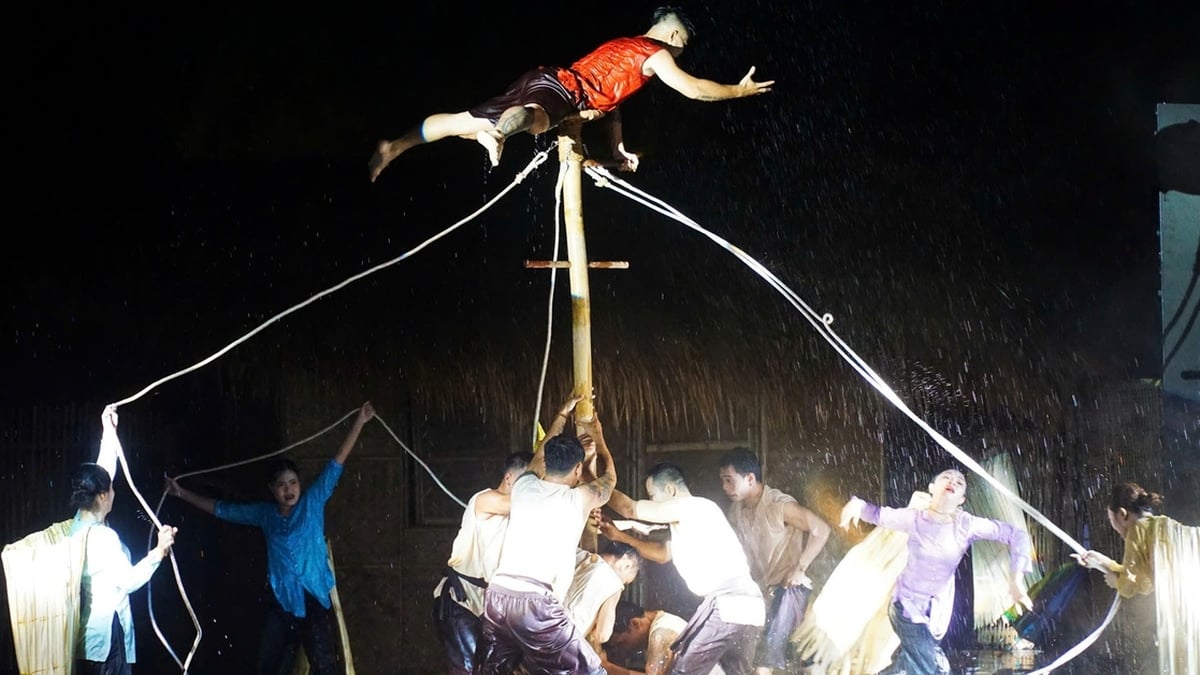















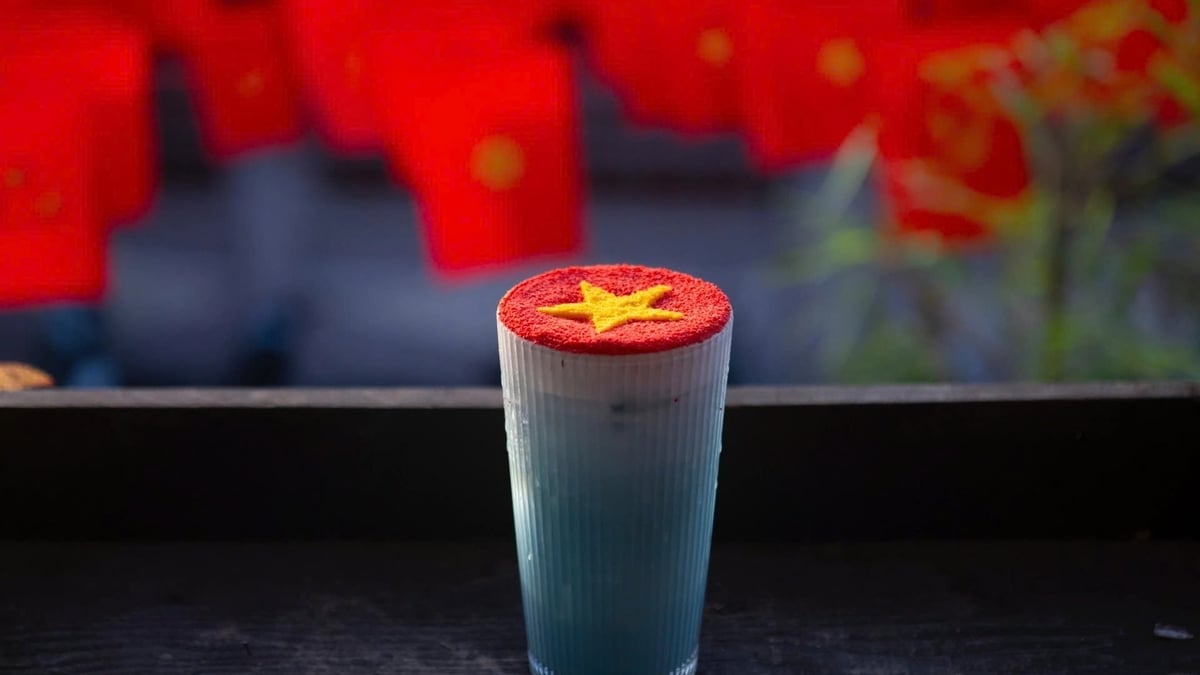

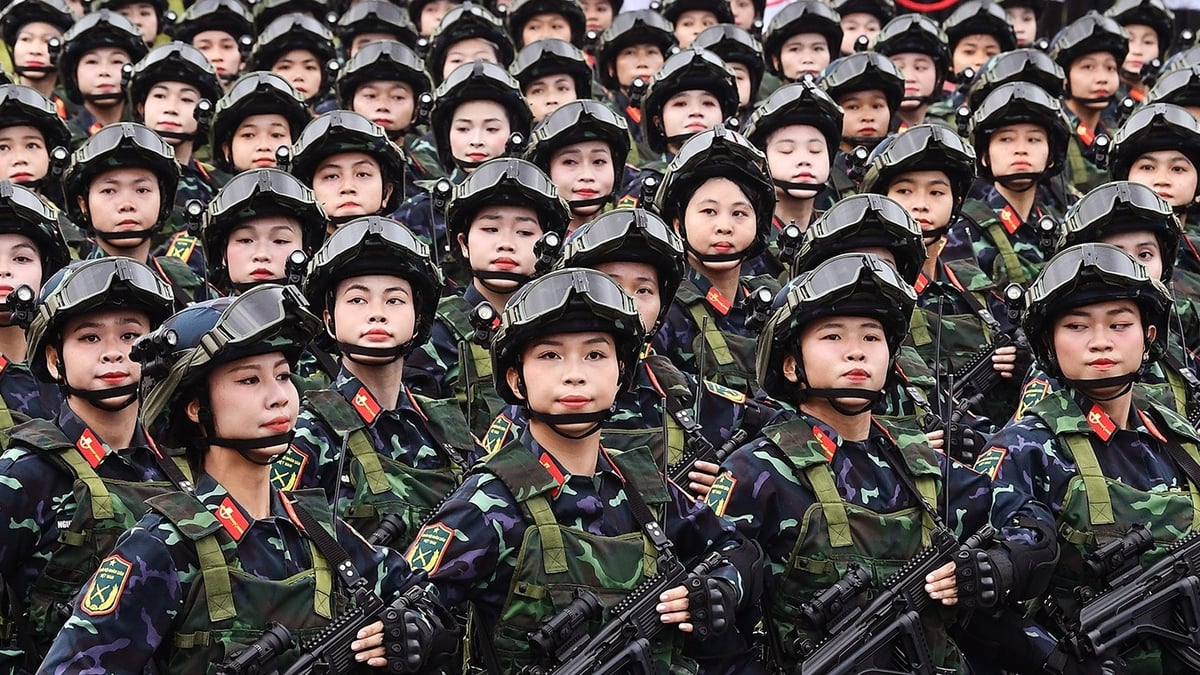
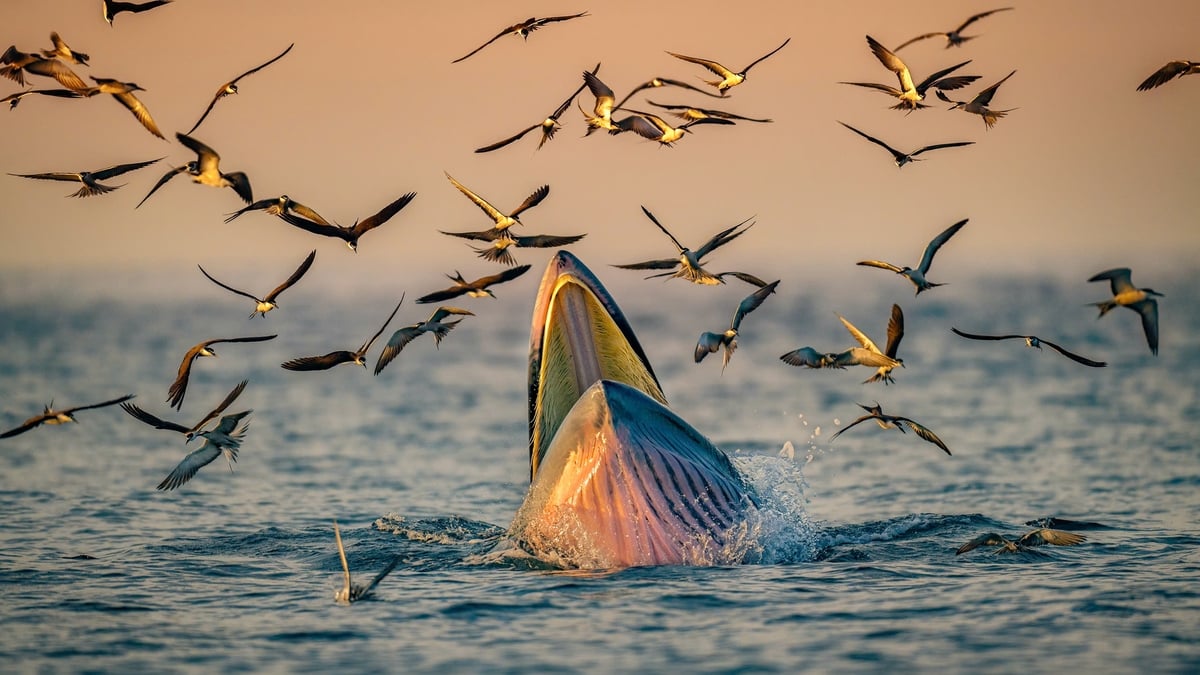
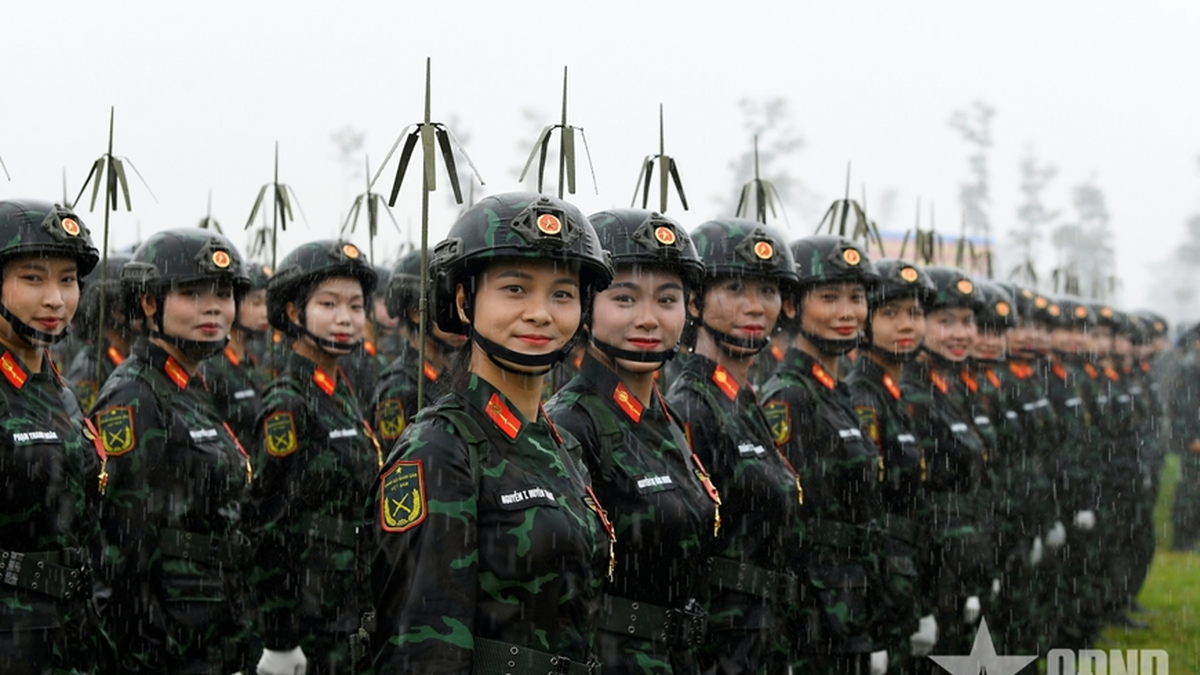

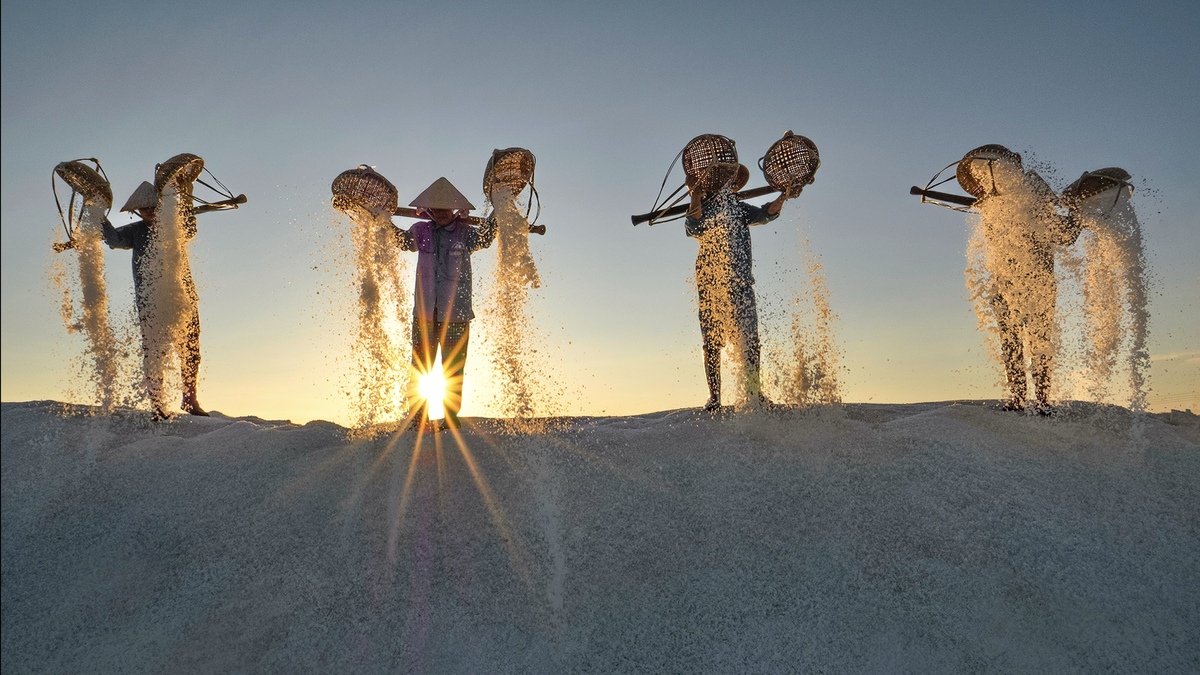
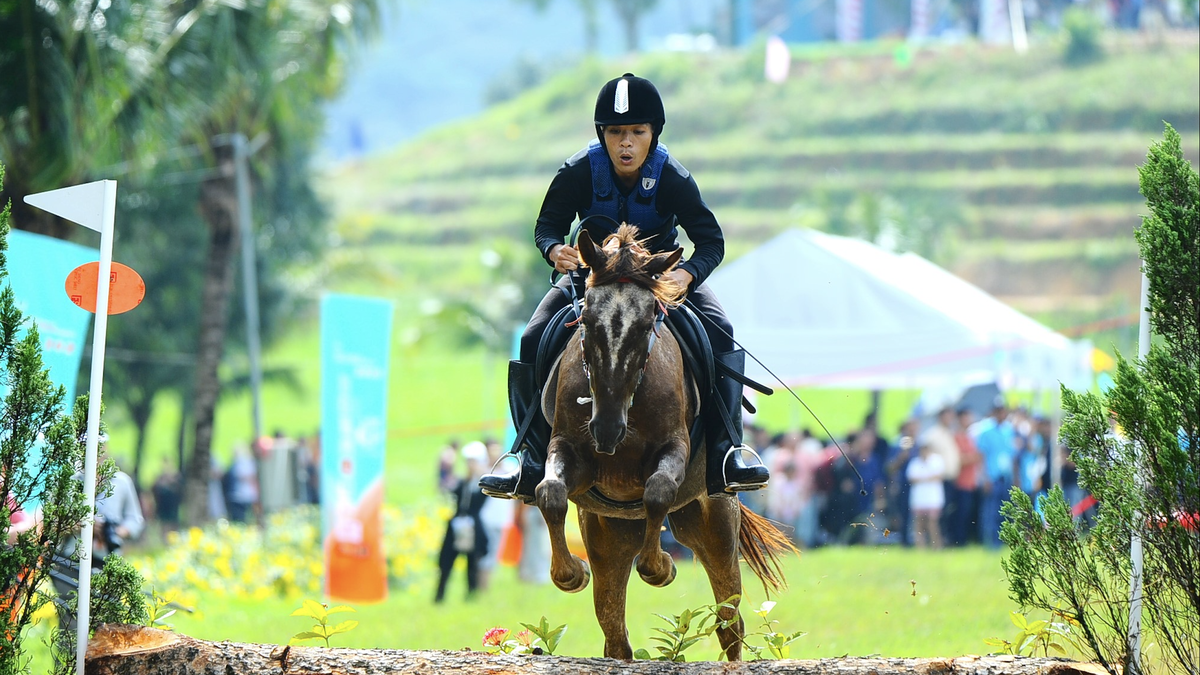

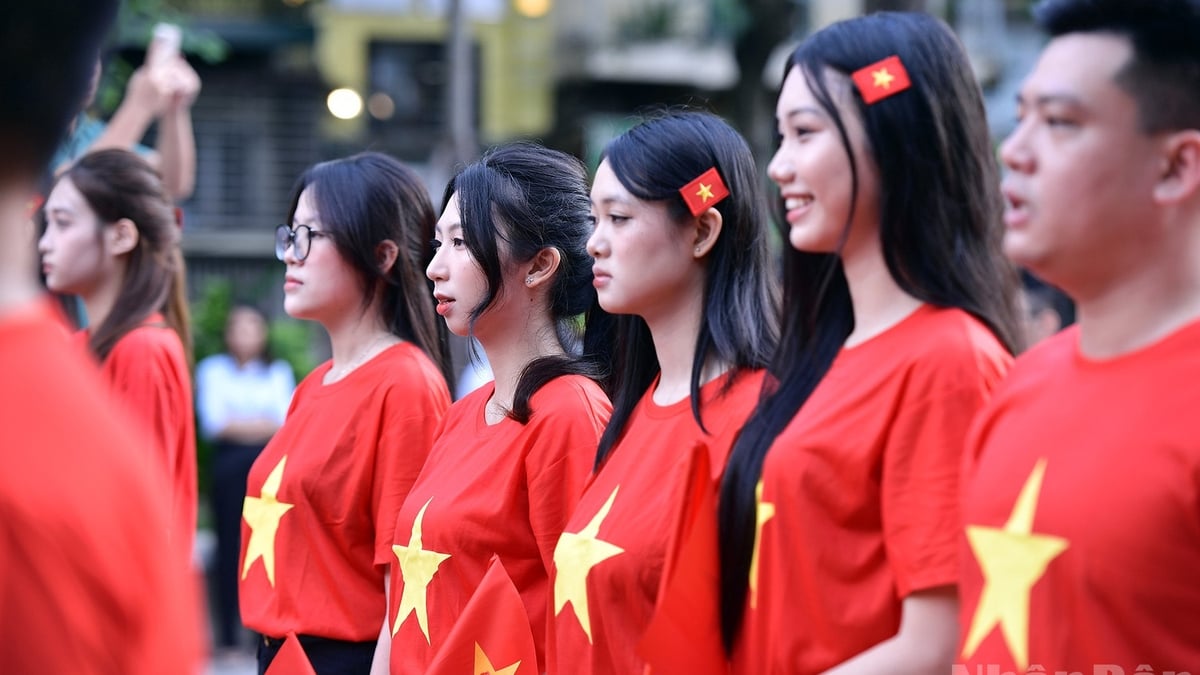
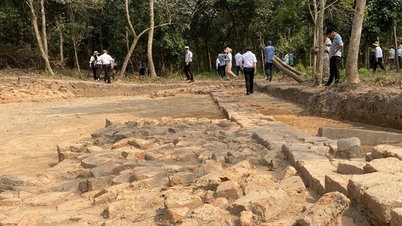












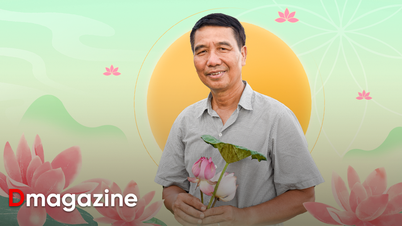



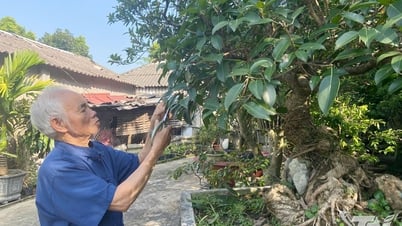










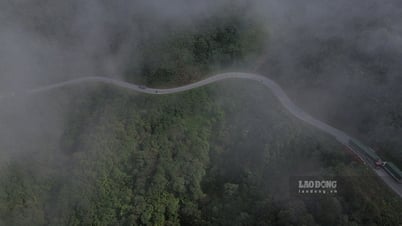


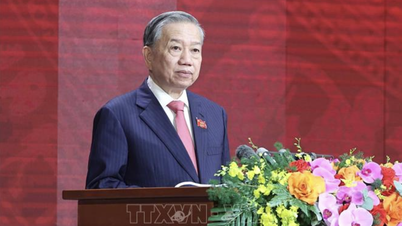



![[Photo] Party and State leaders visit President Ho Chi Minh's Mausoleum and offer incense to commemorate Heroes and Martyrs](https://vphoto.vietnam.vn/thumb/402x226/vietnam/resource/IMAGE/2025/8/17/ca4f4b61522f4945b3715b12ee1ac46c)






























Comment (0)